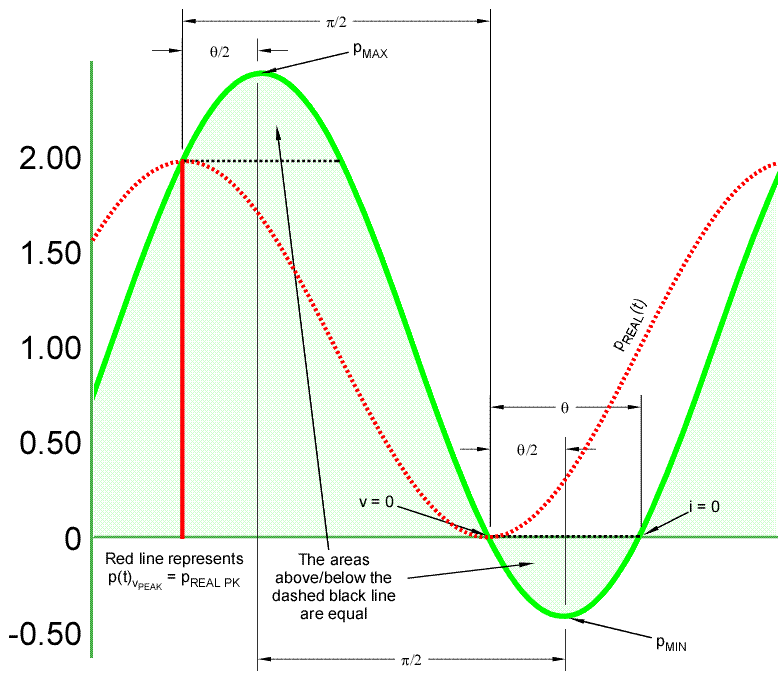Cold Fusion
Senior Member
- Location
- way north
If one had a series of v(t)i(t) product values, as many as needed, but no additional information, how would one go about separating the real and reactive powers from the instantaneous apparent power?
Are we to assume sinusoidal AC? ...and linear load?
Hummmm ... I'm going to have to ignore "instantaneous apparent power" and translate that you wish to reconstruct the two single frequency sinusiods making up V and I and determine the phase angle between them.Of course.
Since there are no real and reactive components to instantaneous measurements, there is no determinent calculation available.
So, this is just a curve fitting issue. All curve fitting problems require assumptions. Depending on the assumptions, one point could be enough.
cf

